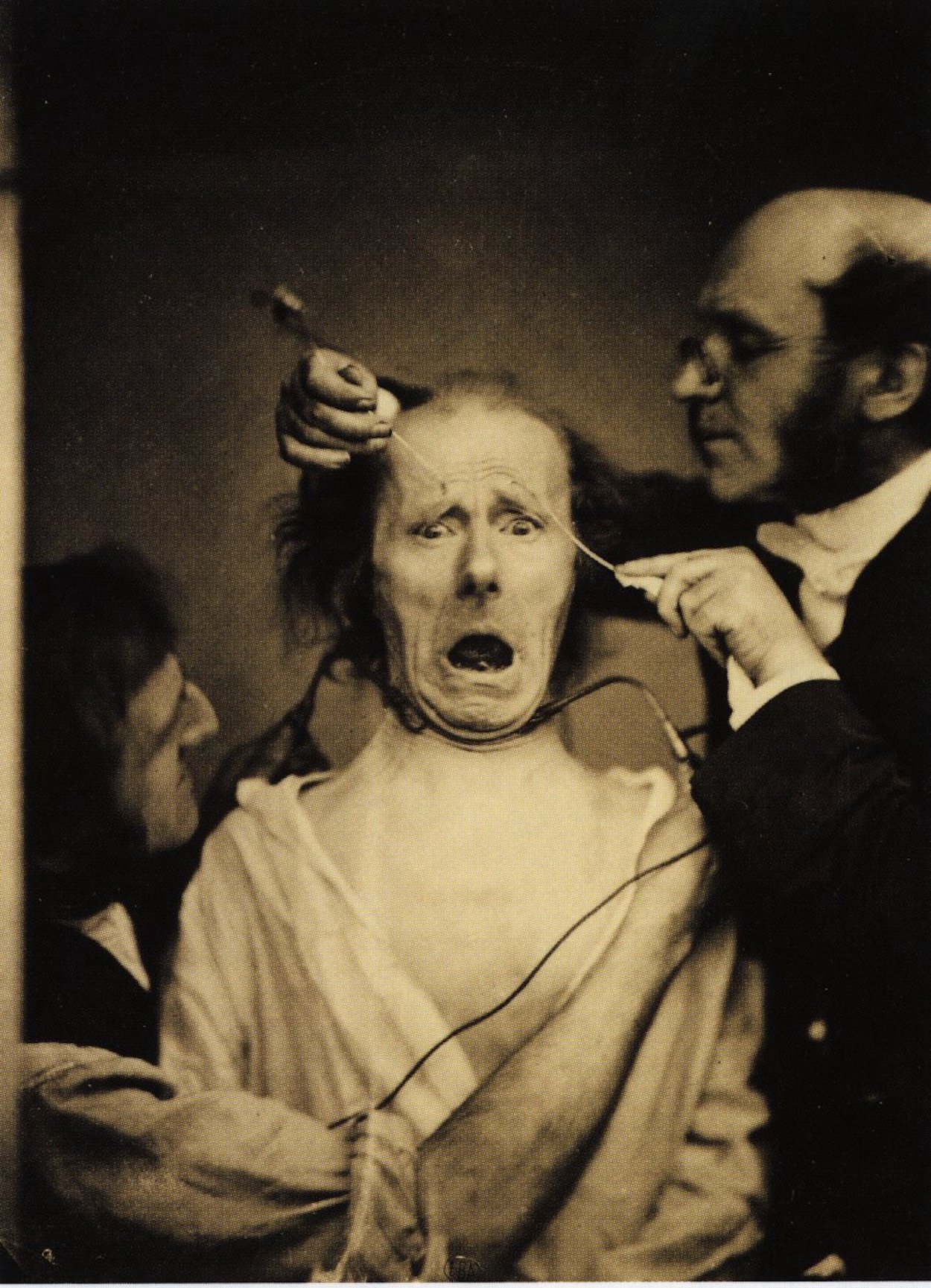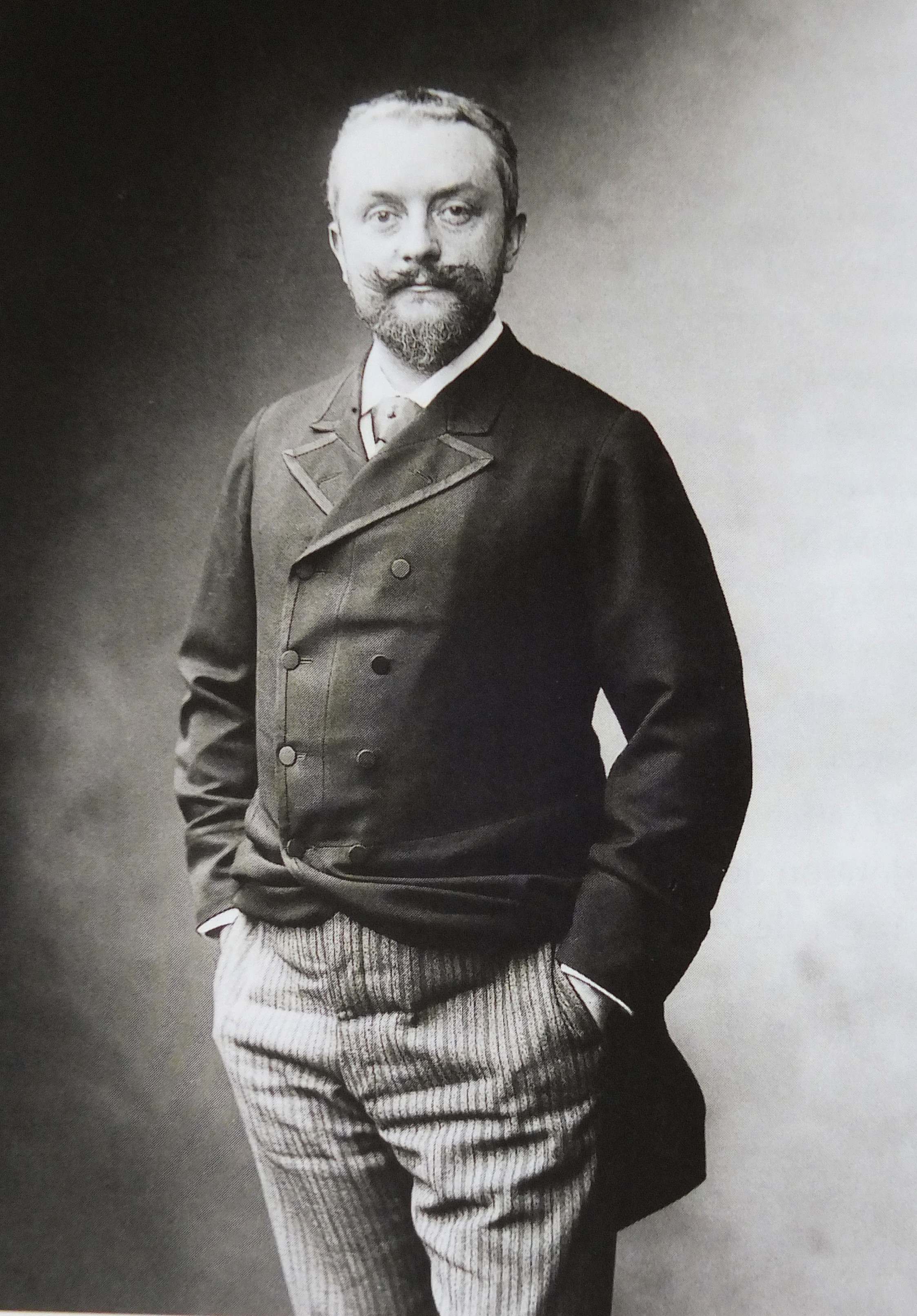From the weird and wondrous right up to the ridiculous and sublime are words that can describe Guillaume-Benjamin-Amand Duchenne de Boulogne. Born in 1806, his first profession was neurology. He was quite successful and several great discoveries in the field are attributed to him, such as the electrical conductivity of nerves. He studied diseases of the nerves and several were named after him like Duchenne Muscular Dystrophy. Following a theoretical lead that the face was linked to the soul, he started to think that if he could apply electric currents to a subject’s face he could stimulate the muscles and photograph the results. But he encountered a host of technical problems. Applying a shock was easy, but the effects would quickly disappear. Then he found a poor shoemaker, who was suffering from Bell's Palsy. Because of this illness, his face would hold the contortion of the shock for minutes after it was applied—long enough to be photographed. To this end, Duchenne contacted Paul Tournachon (aka Paul Nadar) who happily took heaps of photo's of the contorted patient. The results were published in The Mechanism of Human Physiognomy (Mecanisme de la physionomie Humaine). The results look quite painful, but not in vain. Duchenne was able to establish which muscles contracted with a real smile. In physiology the authentic smile is called the Duchenne smile. People who don’t use these muscles when they smile may be showing symptoms of sociopathy. The poor shoemaker didn't feel a thing because of his condition, perhaps brought on from advancing syphilis. However, you should not try this at home.
- Erik




Duchenne and his assistant invoke an expression of fear using electrostimulation
albumen print •
 Paul Nadar
Paul Nadar